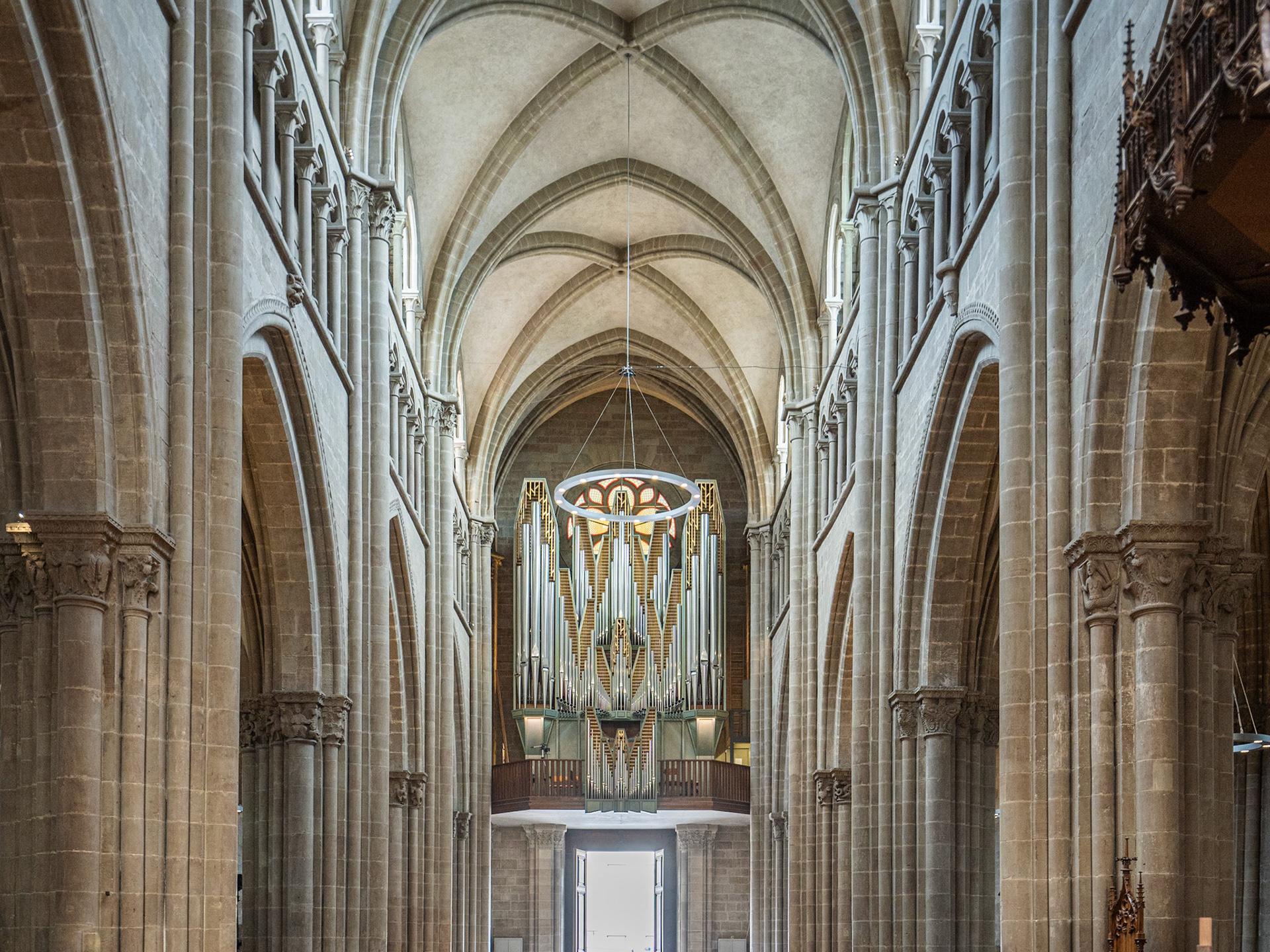
Cathédrale Saint-Pierre
Geneva
1150 - 1250, 1752 - 1755, 19th century
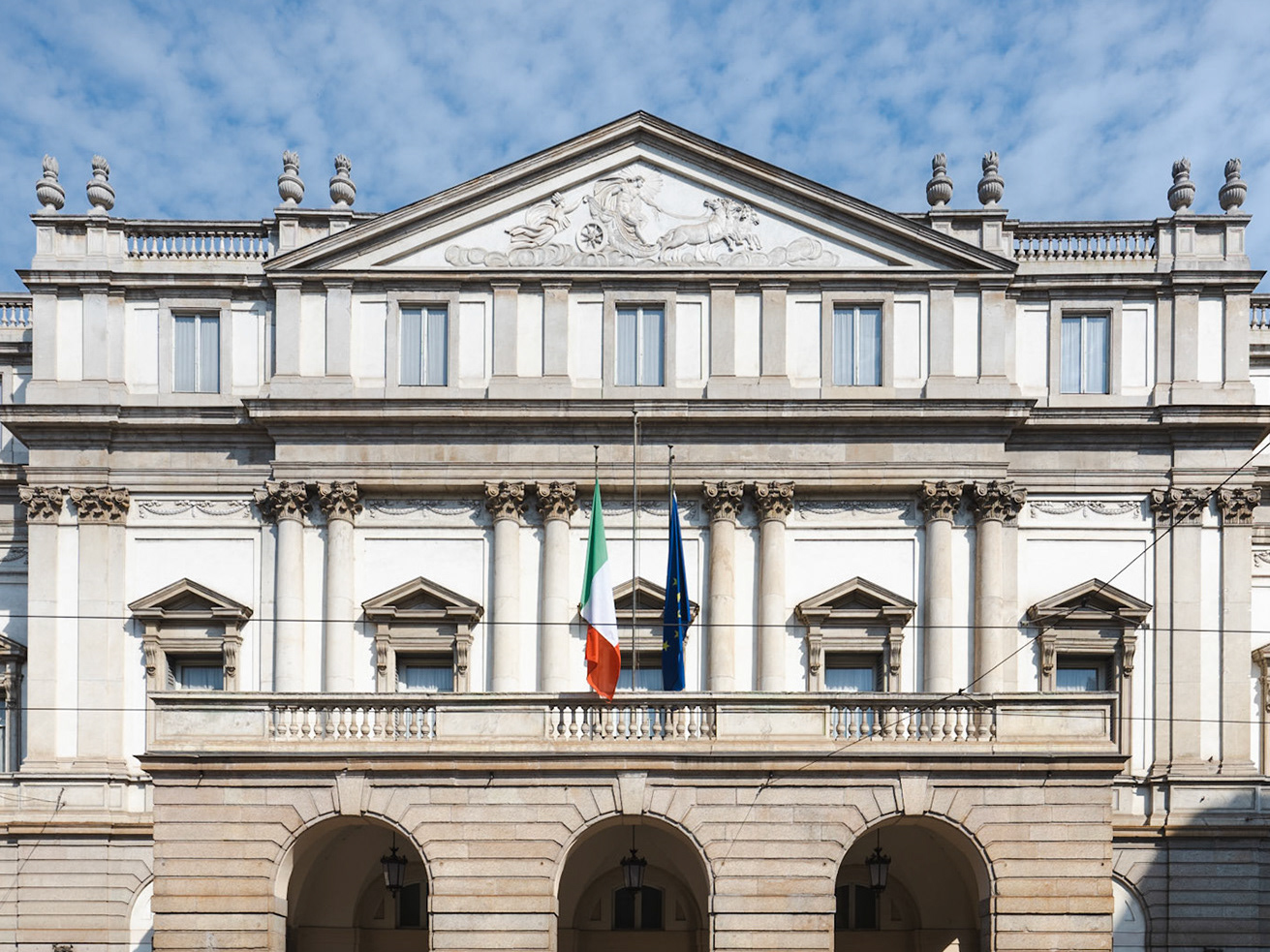
Teatro alla Scala
Milano
1776 - 1778, extension 2002 - 2004
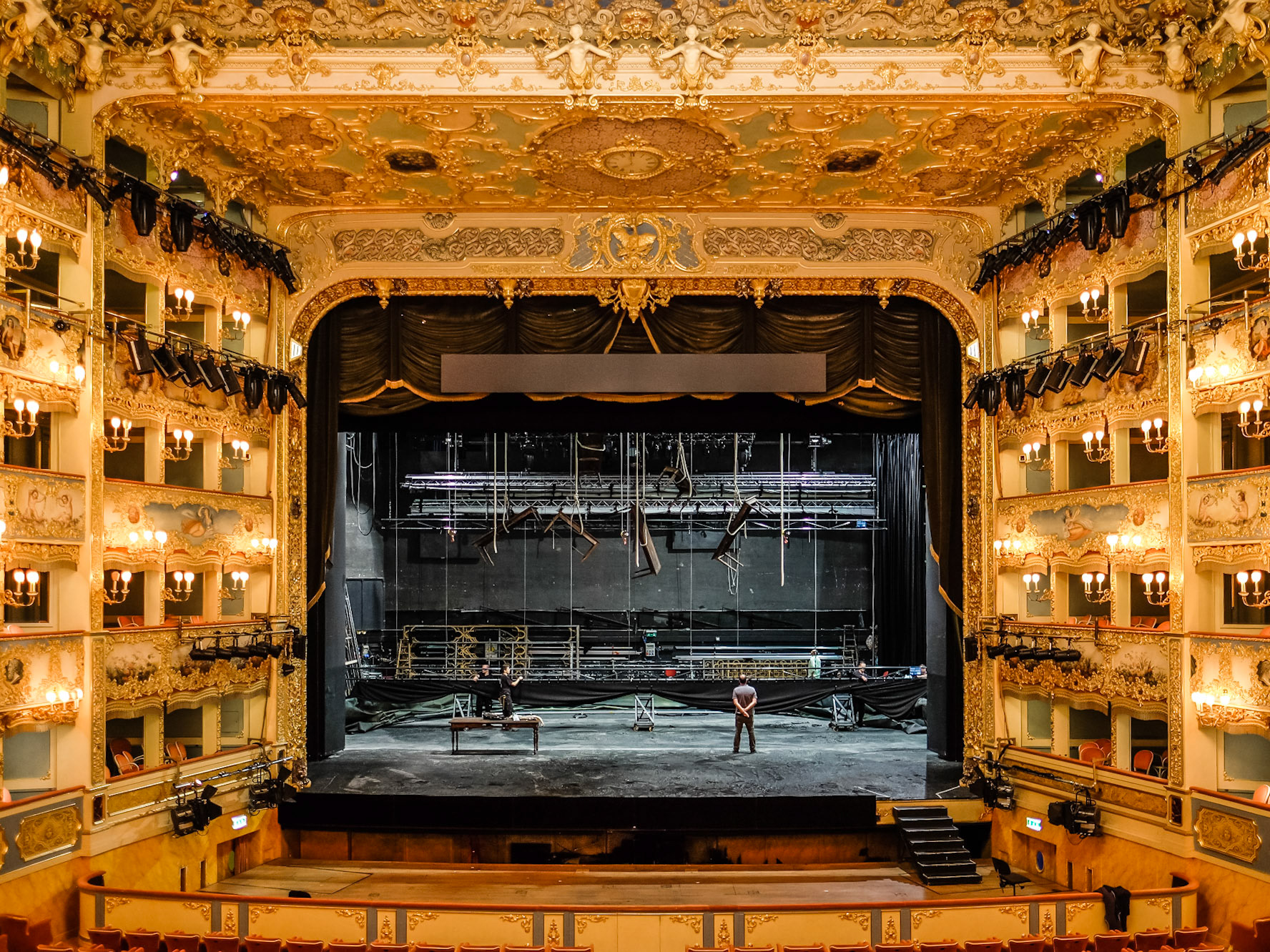
Teatro La Fenice
Venice
1790 - 1792, 1836, 1996 - 2003
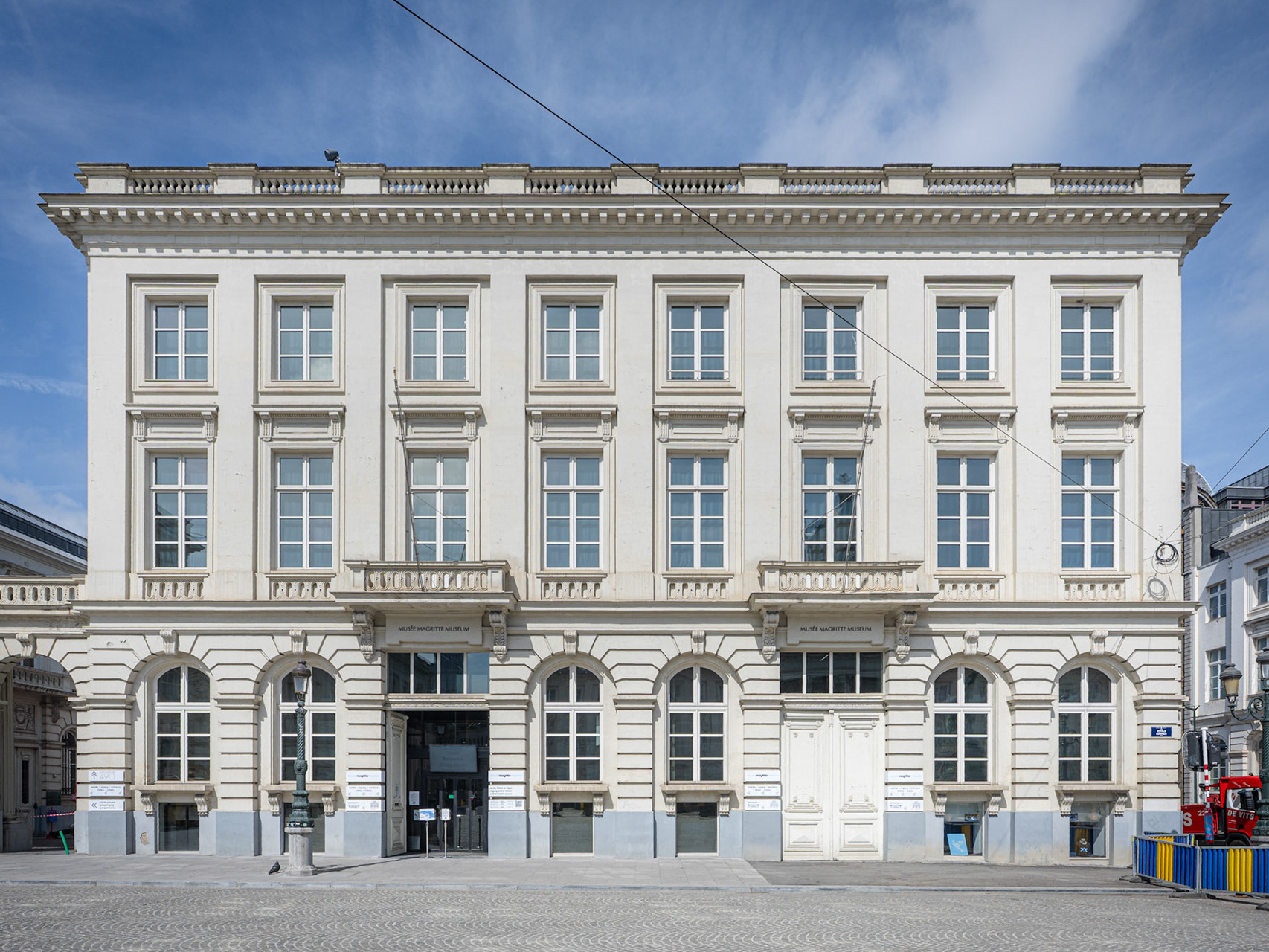
Musée Magritte
Brussels
18th century

Galerie Vivienne
Paris
1823 - 1826
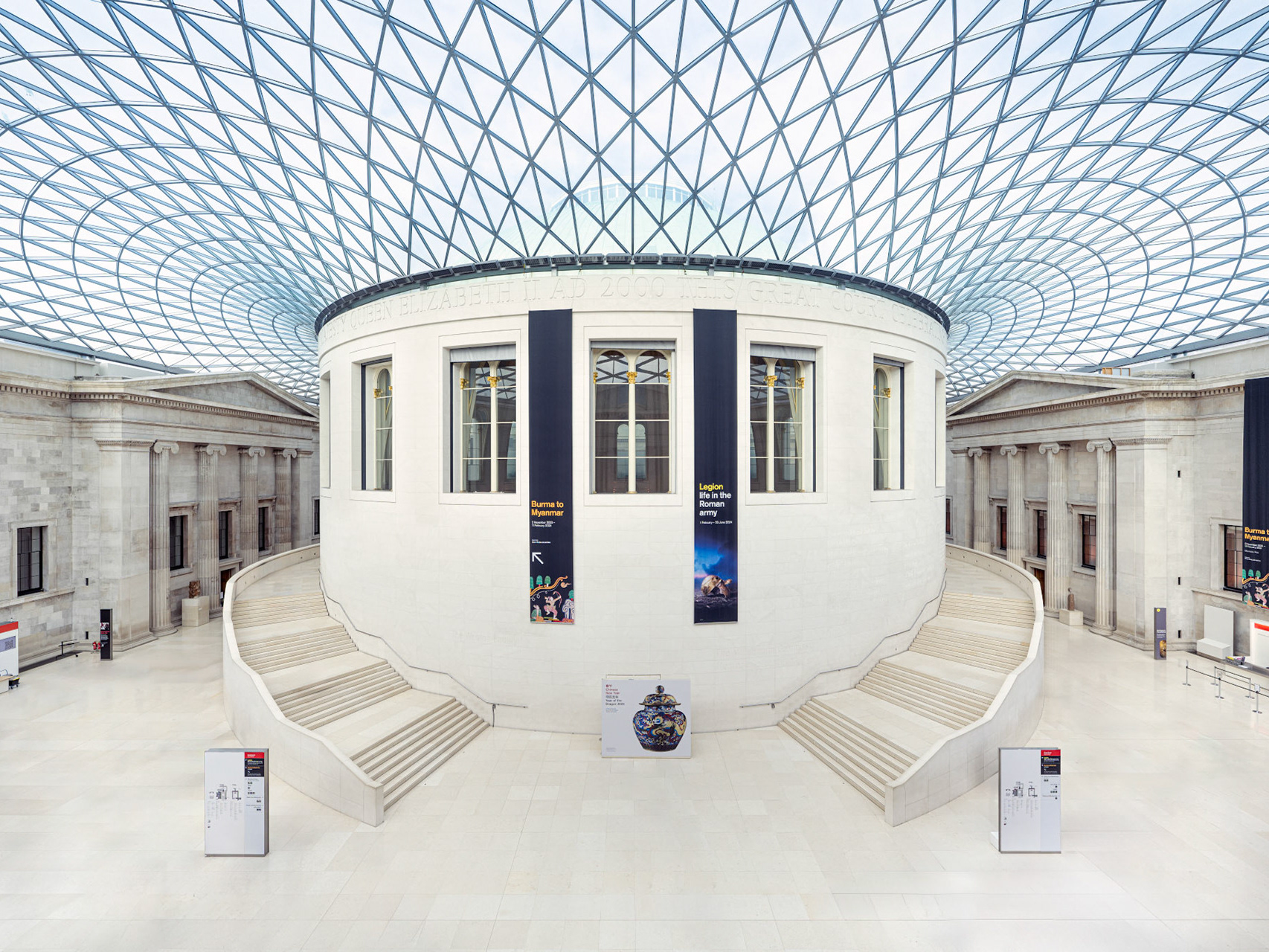
British Museum
London
1823 - 1857, 1999 - 2000

Altes Museum
Berlin
1825 - 1830
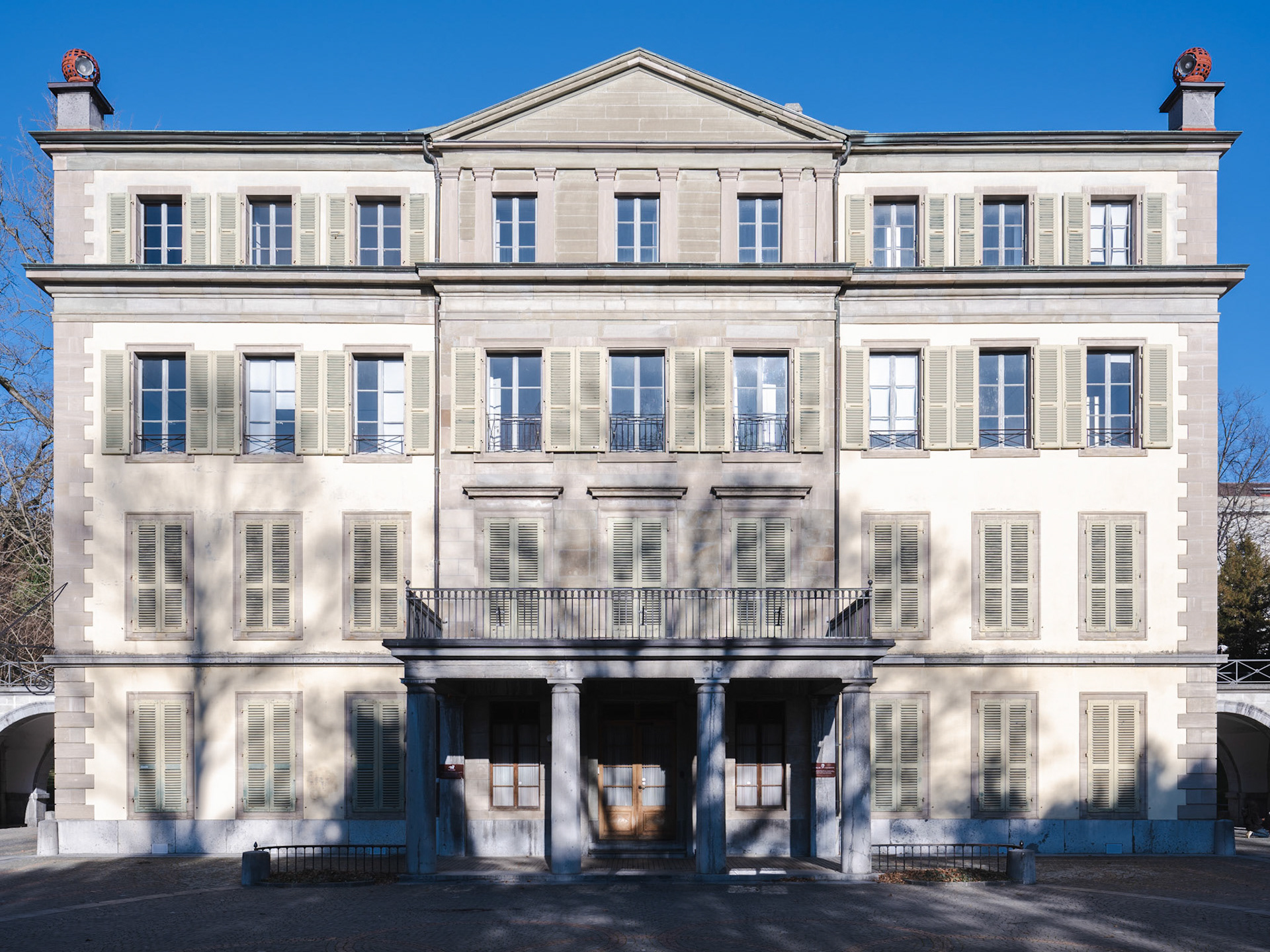
Villa Mon Repos
Lausanne
1747, 1827

Basilique Notre-Dame du Valentin
Lausanne
1832 - 1835, 1932 - 1933

National Gallery
London
1832 - 1838
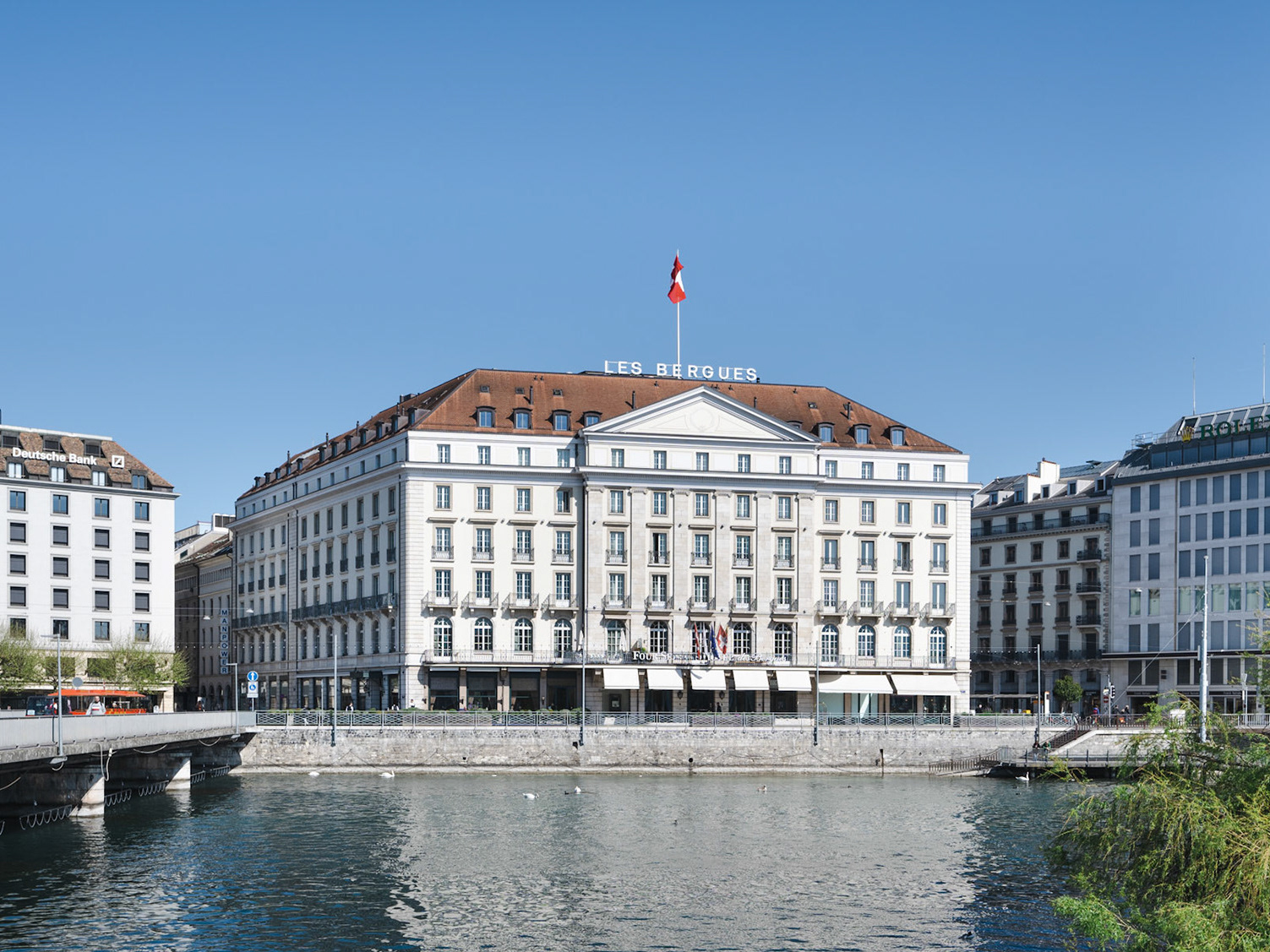
Four Seasons Hôtel des Bergues
Geneva
1834
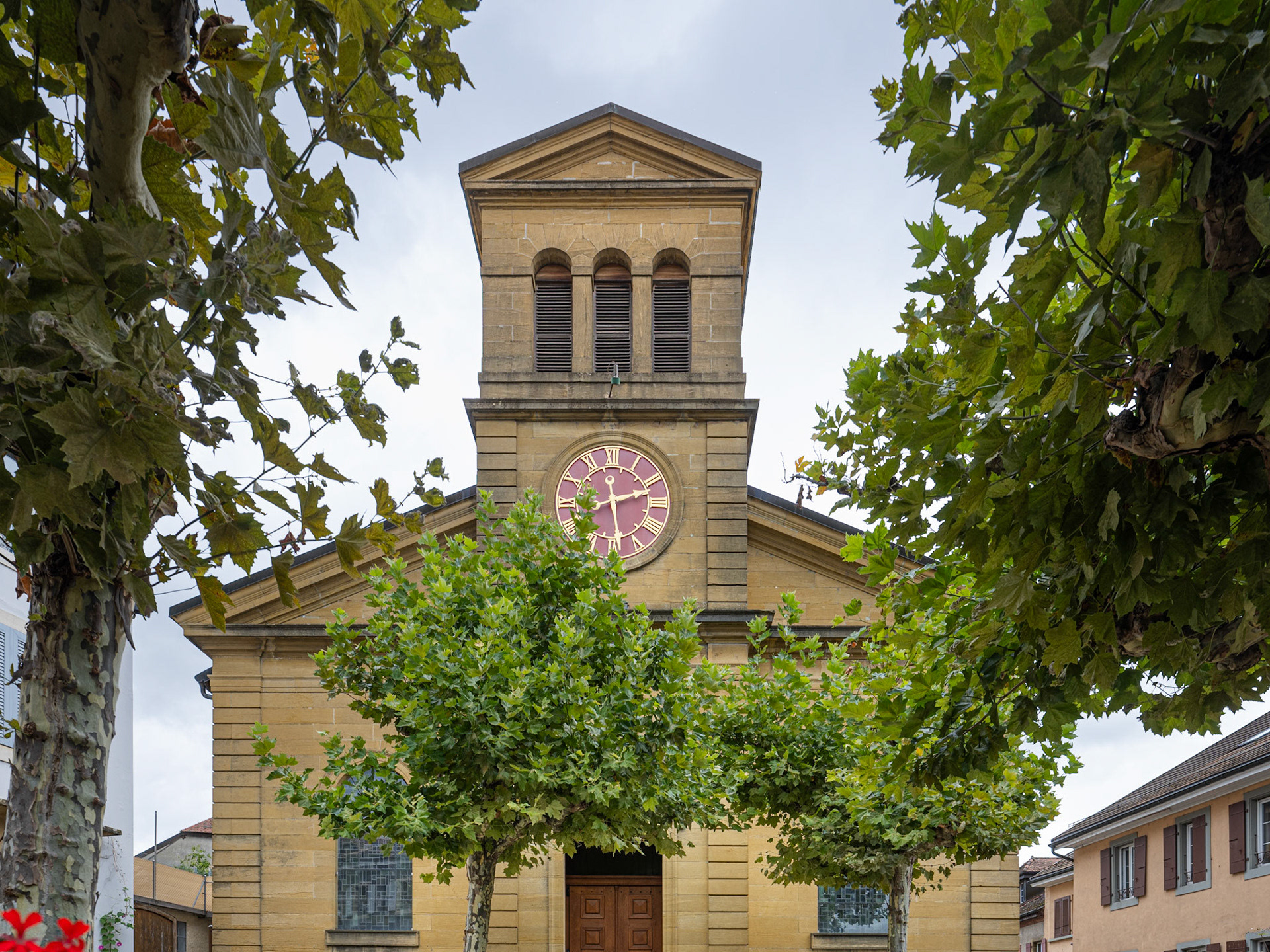
Temple de La Sarraz
La Sarraz
1835 - 1837
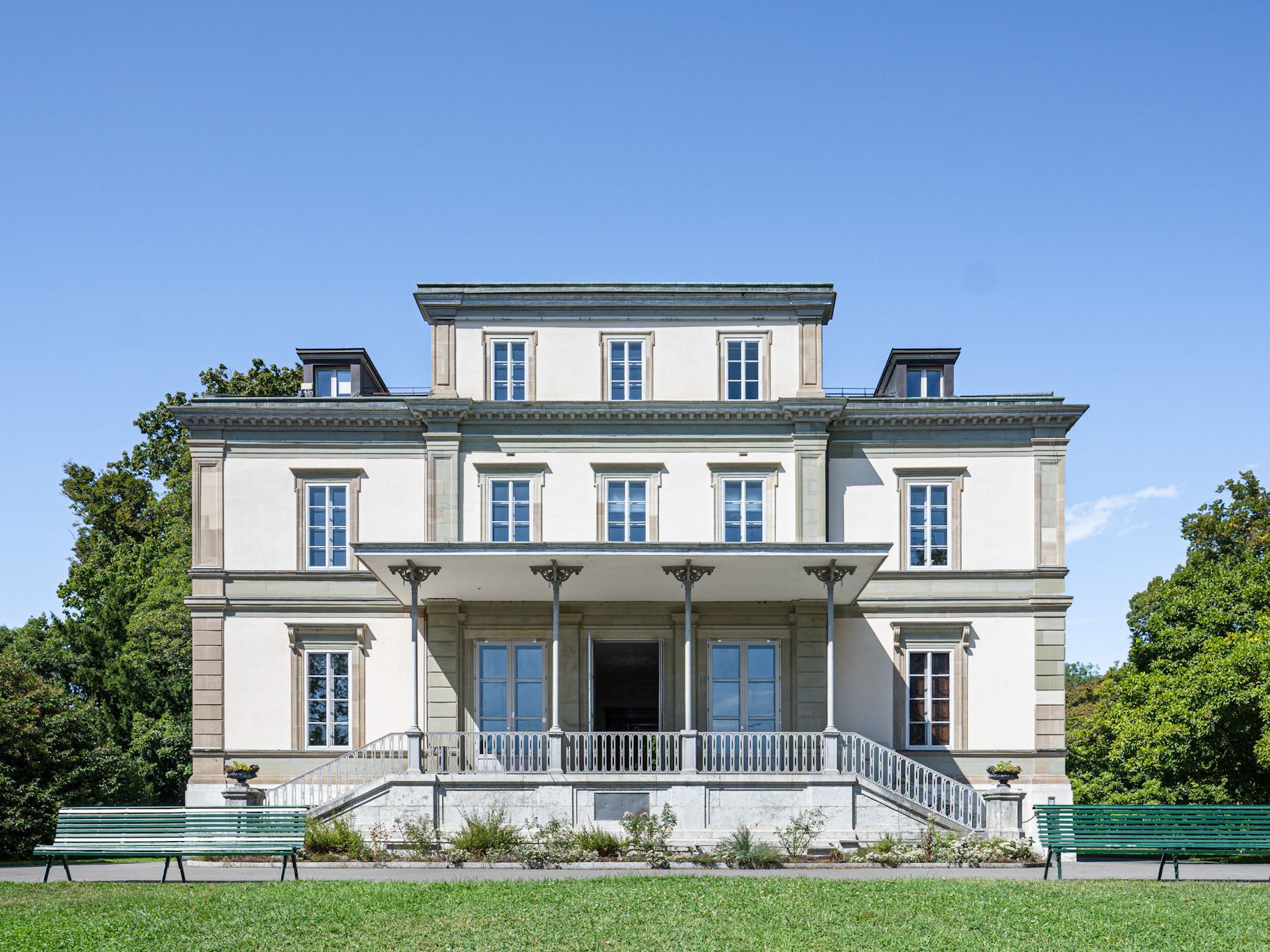
Villa Moynier
Geneva
1846 - 1847

Alte Nationalgalerie
Berlin
1867 - 1876

Kunsthalle Basel
Basel
1869 - 1872

Musée Jenisch
Vevey
1897
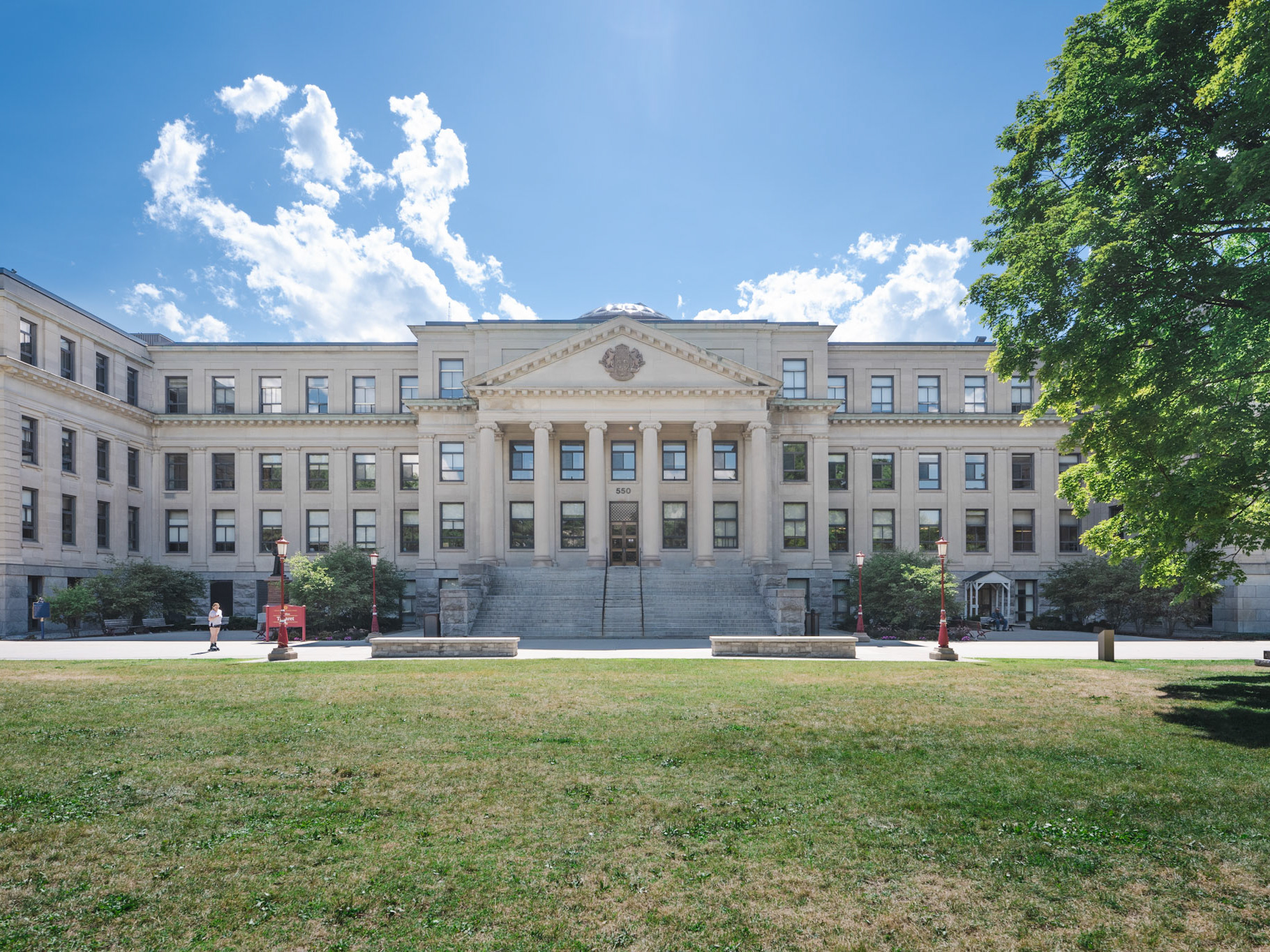
University of Ottawa Tabaret Hall
Ottawa
1905

Kunst Museum Winterthur
Winterthur
1913 - 1915, extension 1993 - 1995
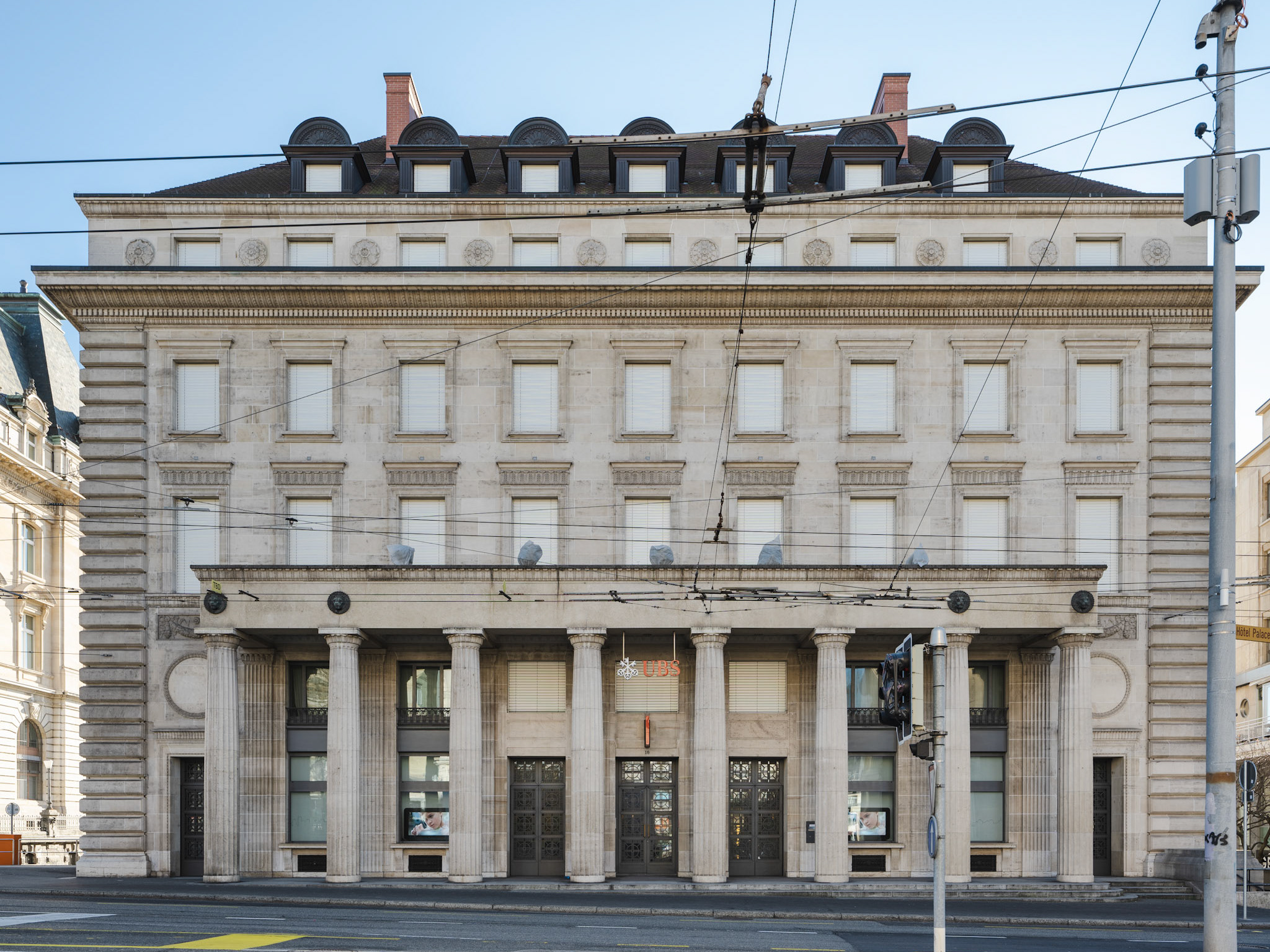
Société de banque suisse
Lausanne
1920 - 1923
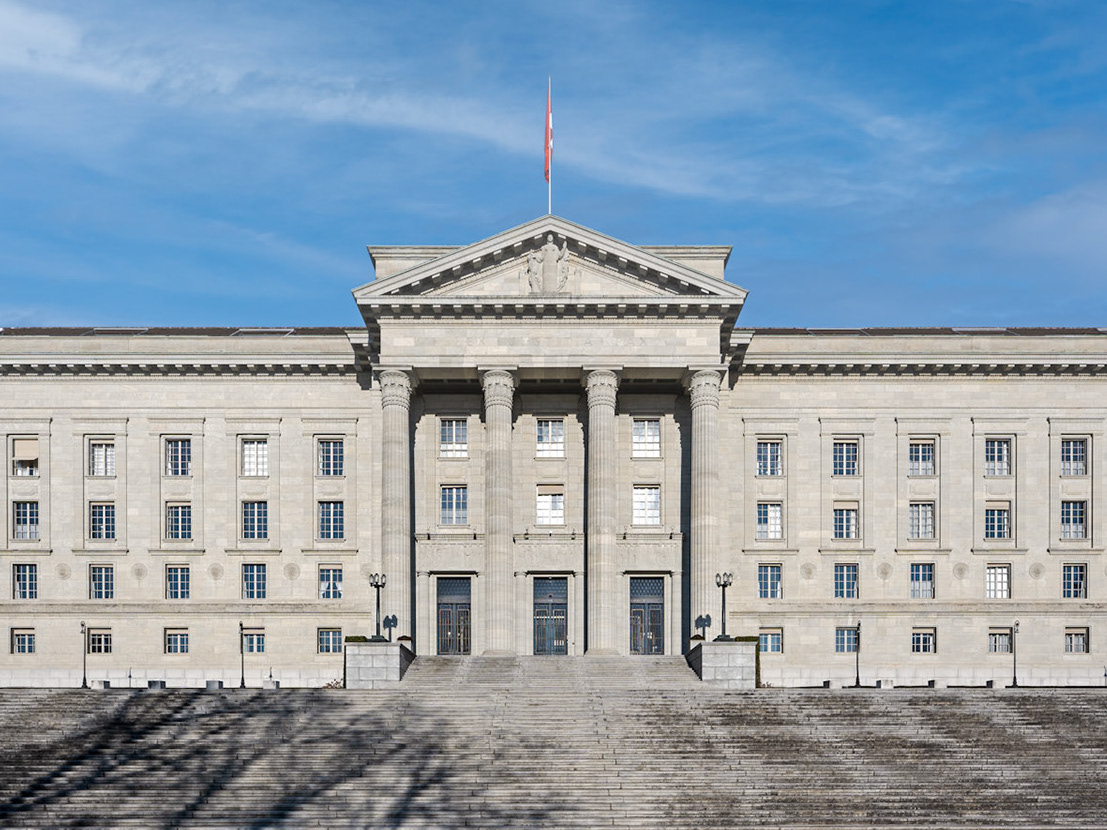
Tribunal Fédéral, Lausanne
Lausanne
1922 - 1927, extension 1996 - 2000
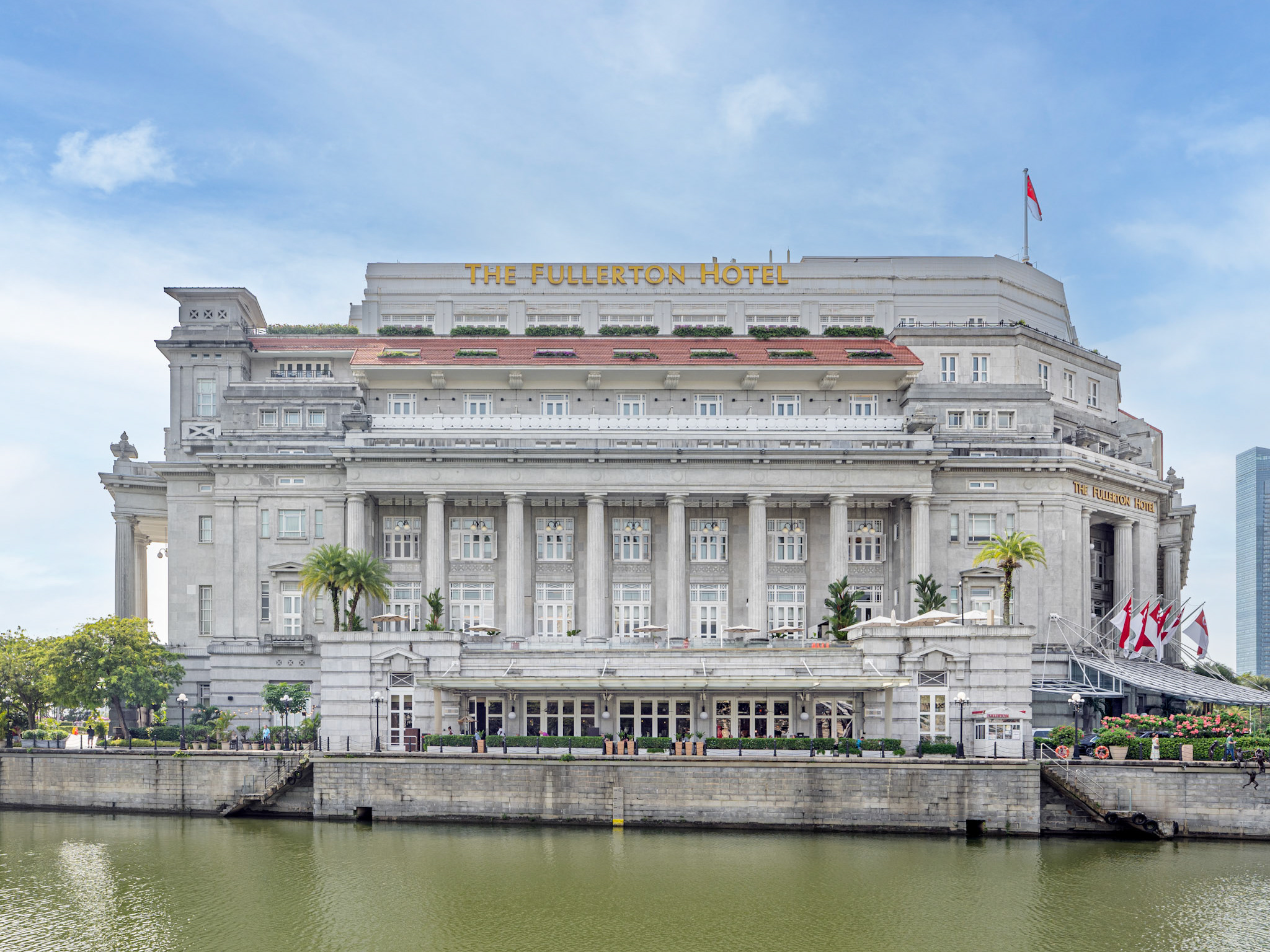
The Fullerton Hotel Singapore
Singapore
1924 - 1928
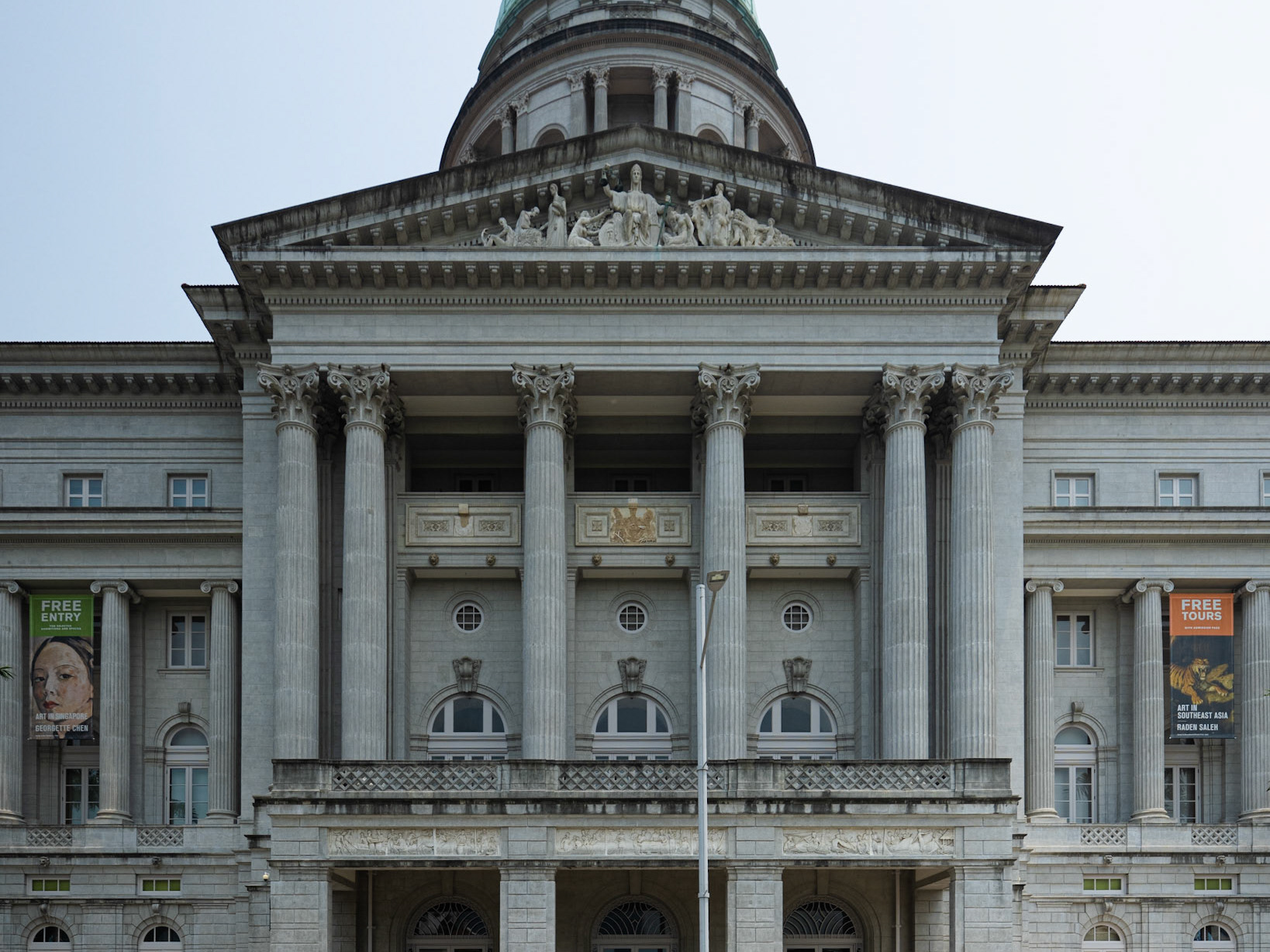
National Gallery Singapore
Singapore
1929, 1939, 2015